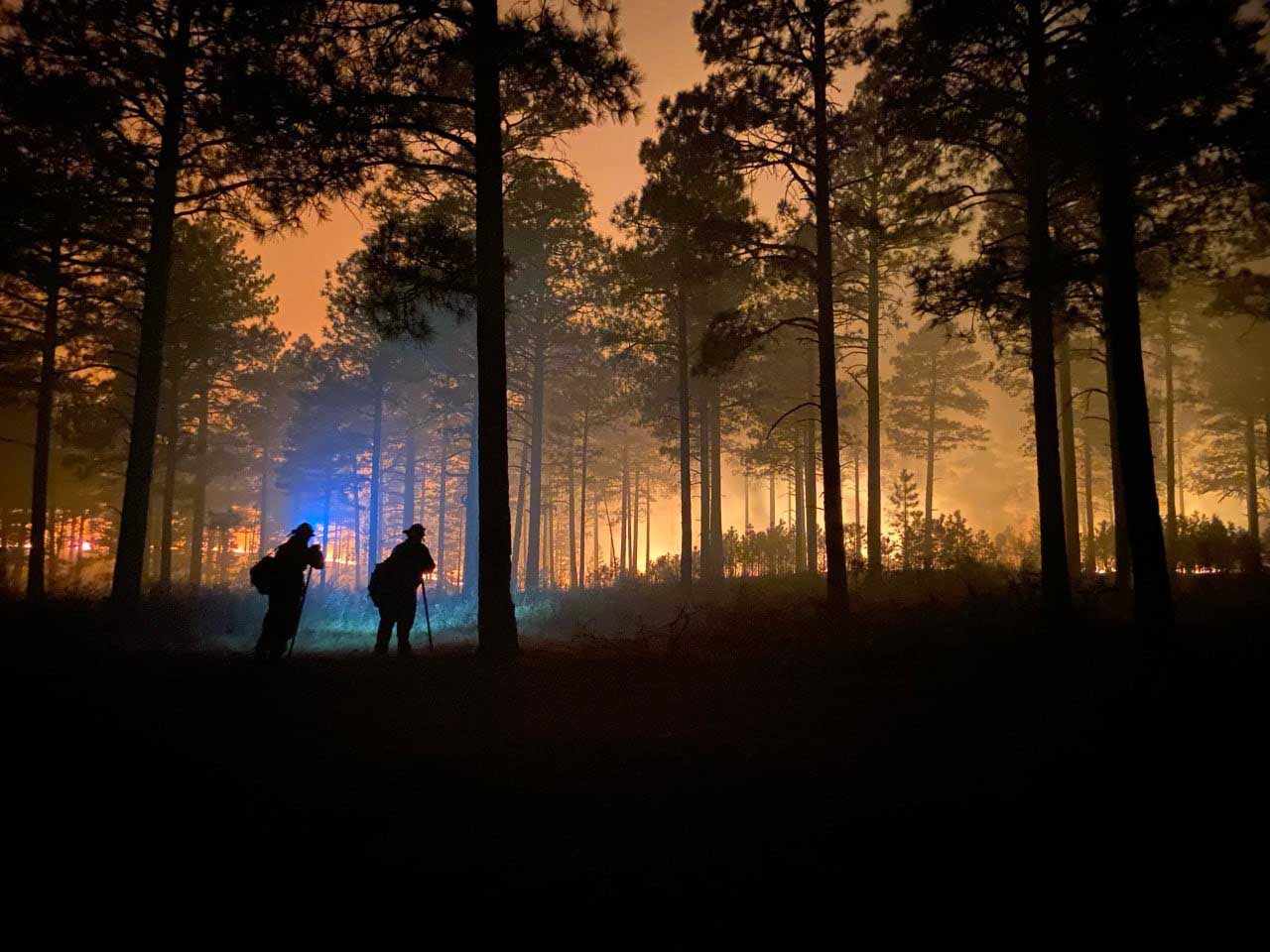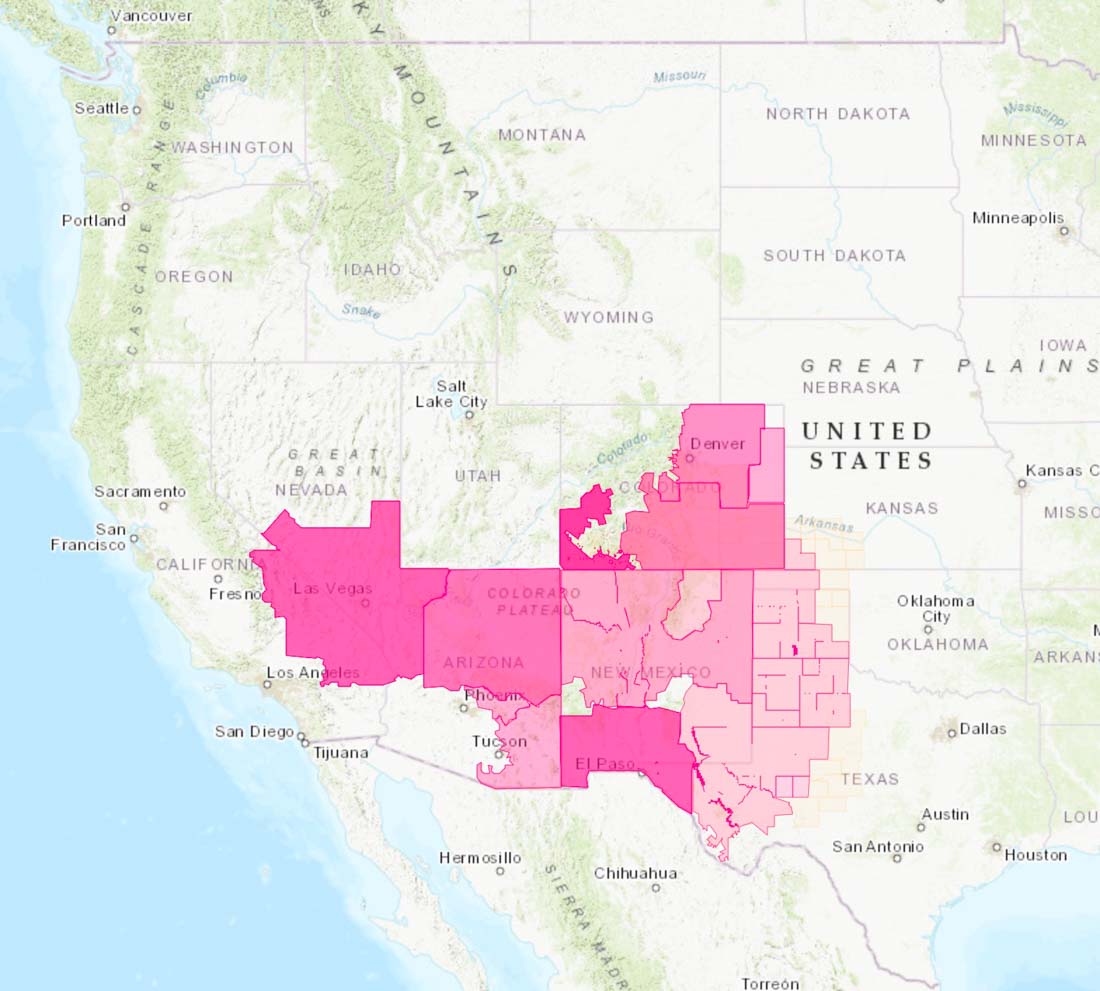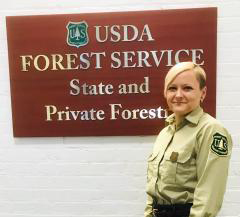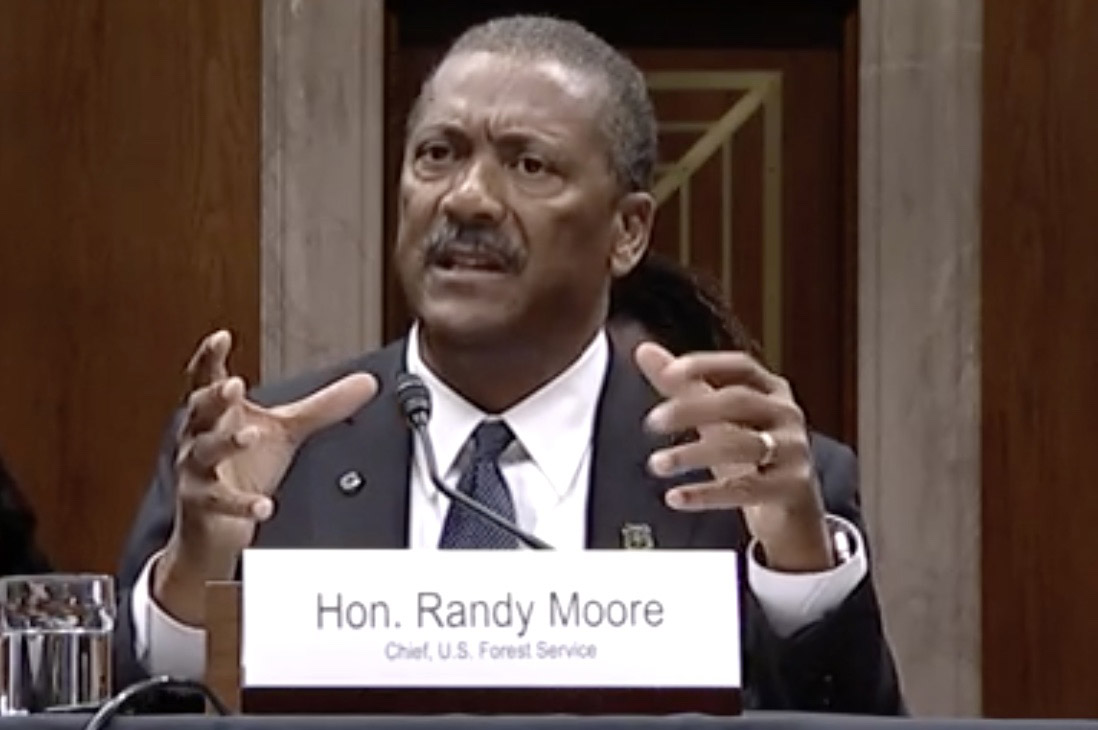
An analysis of their pay and costs of living found that federal wildland firefighters can’t afford to live in most counties in the Western United States. The study was conducted by a seasonal wildland firefighter with a background in government budgeting and financing who is currently pursuing a Master’s in Public Policy. It can shed light on some of the reasons firefighters are leaving the federal agencies in large numbers and why Forest Service Chief Randy Moore said last week that only 50 percent of Forest Service firefighter positions are filled in some Western areas.
The analysis for GS03 through GS09 firefighters assumed that they work 680 hours of overtime each year, which in a six-month fire season works out to 26 overtime hours each week. It is not unusual for them to work more than 1,000 O/T hours in what has become a normal year, but it can be much less in a very slow fire year. Working extremely long hours away from home with few days off is another reason why firefighters are getting burned out, suicide rates are very high, and family life is challenging.
If the analysis only considered base salary with no overtime, it is likely that the results would have been far different.
A county was considered affordable if it fell within what was described as the common “50-30-20” personal budgeting strategy. This strategy says that 50 percent of someone’s income should be spent on necessities, 30 percent on non-essential purchases, and 20 percent on savings / retirement.
Below are the first five paragraphs of the three-page analysis. You can download the full Microsoft Word document here.
Introduction
Advocacy groups like the Grassroots Wildland Firefighters and National Federation of Federal Employees have spent the last several years highlighting the pay and retention issues facing the wildland firefighting workforce. These efforts were successful when a roughly 50 percent pay increase for federal wildland firefighters was included in the 2021 Bipartisan Infrastructure bill.
However, federal wildland firefighters have yet to see this money hit their paychecks. One reason for this delay is that the bill included language that the pay increase would only apply to “difficult to recruit / retain” locations. Although Congress intended this pay increase to apply to every wildland firefighter, there are reports that the U.S. Departments of Agriculture and Interior are looking for a “data-based” justification that may cut some wildland firefighters out of the intended raise. The U.S. Forest Service reported they are conducting “initial analysis comparing average federal and state wages and house purchasing power for firefighters (delineated to common wildland fire geographic areas) … to determine a ‘specified geographic area that is difficult to recruit or retain.’”
This analysis [conducted by the firefighter] compared the salaries of the 2022 GS03 to GS09 pay rates to three cost of living factors: the price of a 1 bedroom rental, monthly food costs, and the total monthly costs of owning a car. Since wildland firefighters rely heavily on overtime and hazard pay, this analysis assumed a firefighter works a six-month season with about 680 hours of overtime but 0 hours of hazard pay. Counties were determined to be affordable if less than 50 percent of salaries went to cost of living. Healthcare, childcare, utility, and retirement costs were not included in this analysis. See end of report for details on methodology.
Results
This analysis found that the average cost of living in western counties was $2304 a month. The most expensive county with significant federal public lands presence was Skamania County, just northeast of Portland, Oregon at $3137 a month (Gifford-Pinchot National Forest). Sierra County, south of Albuquerque, New Mexico (Gila National Forest) was the least expensive at $1742 a month.
The majority of Western counties were not determined to be affordable on a GS03-GS09 salary, since living expenses far exceeded 50 percent of wildland firefighter salaries. The following table shows what percent of income a federal wildland firefighter at different GS levels would expect to spend on basic needs across the Western U.S.






